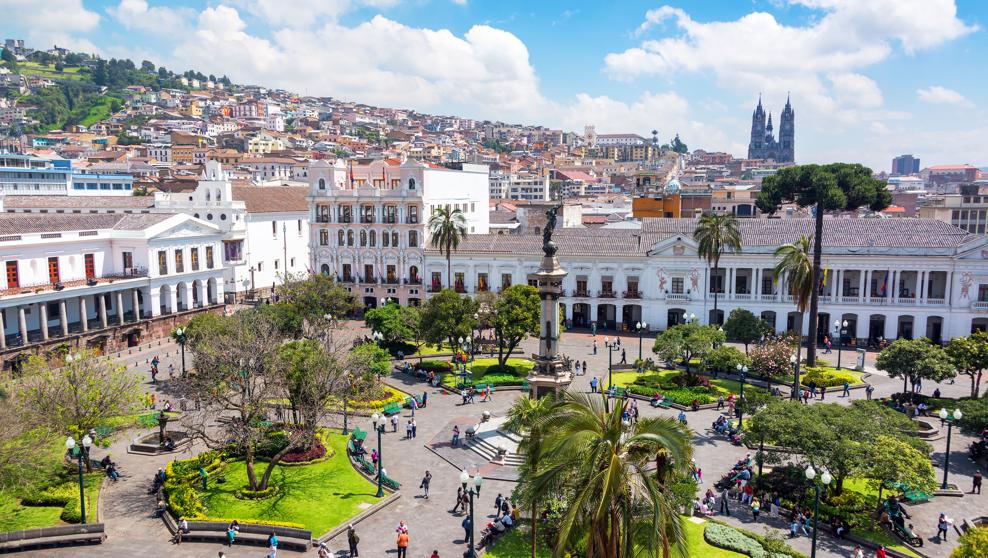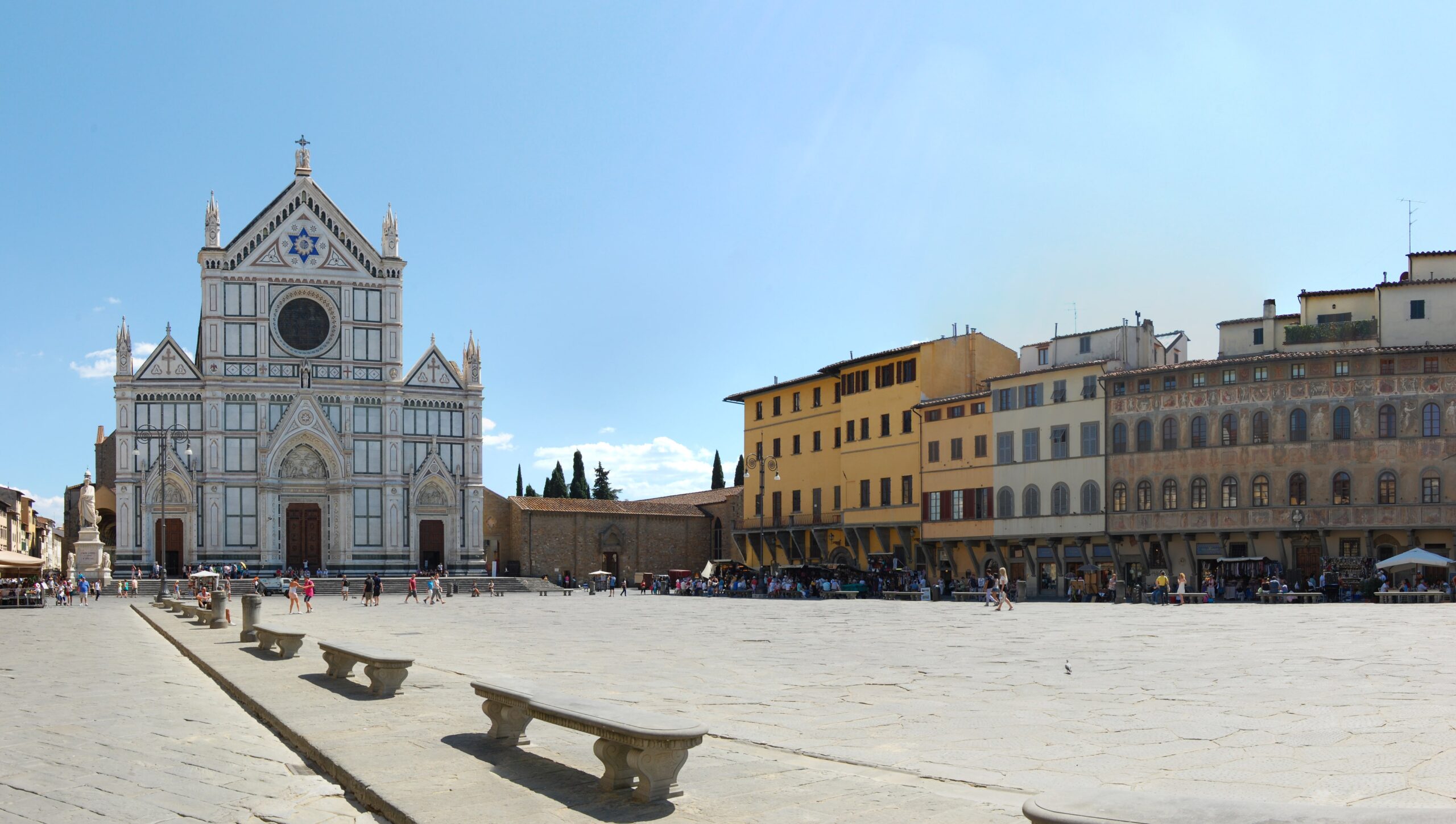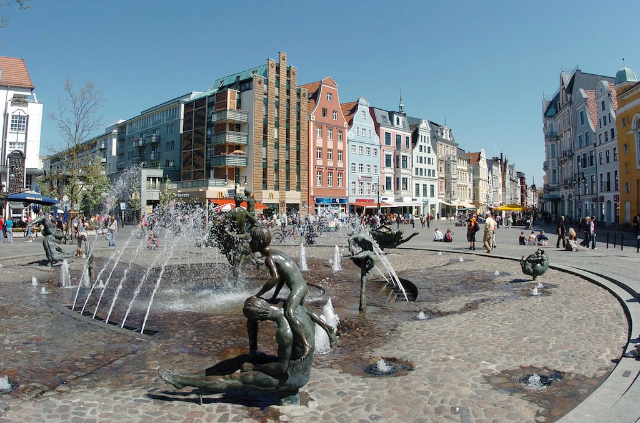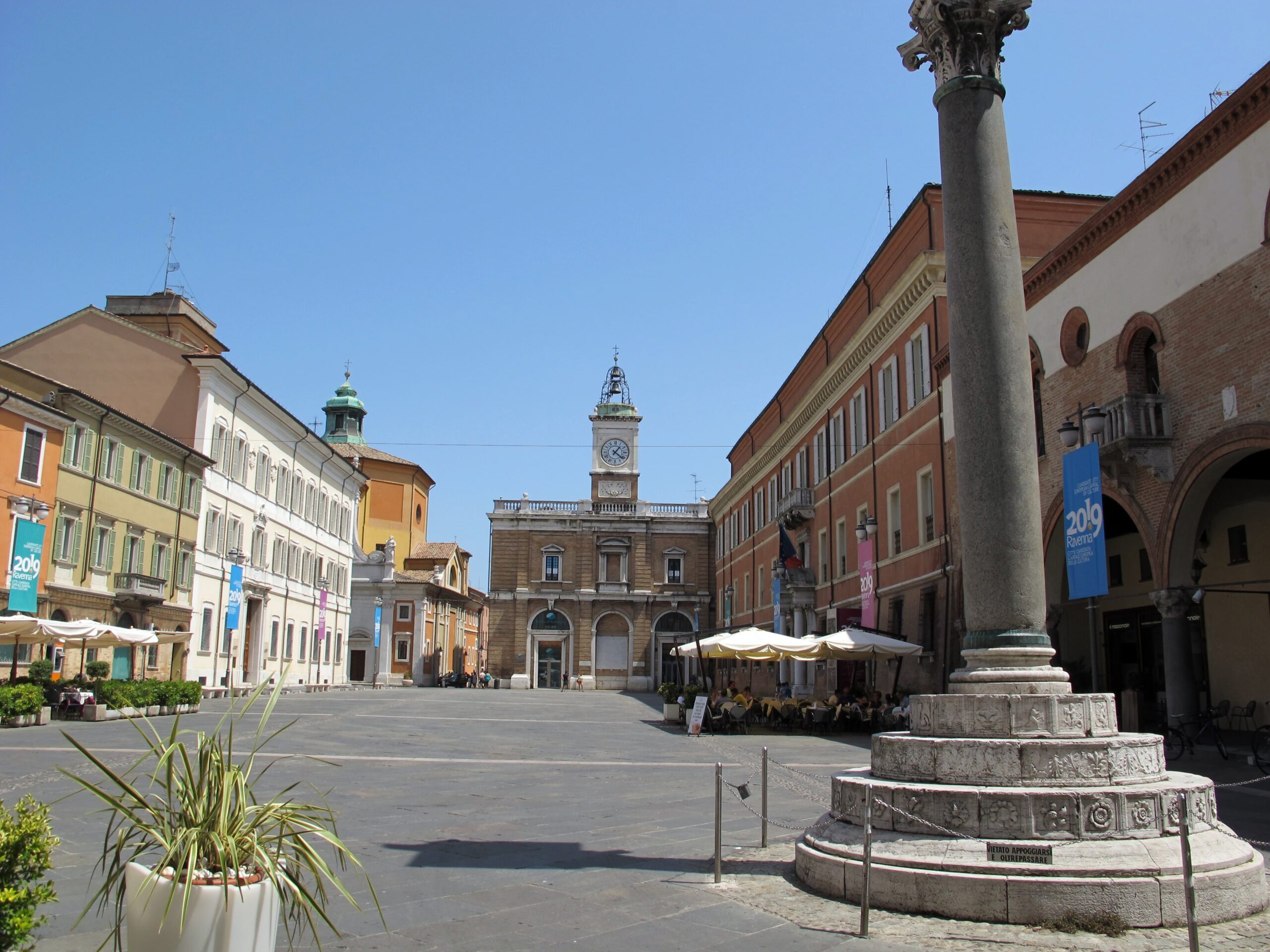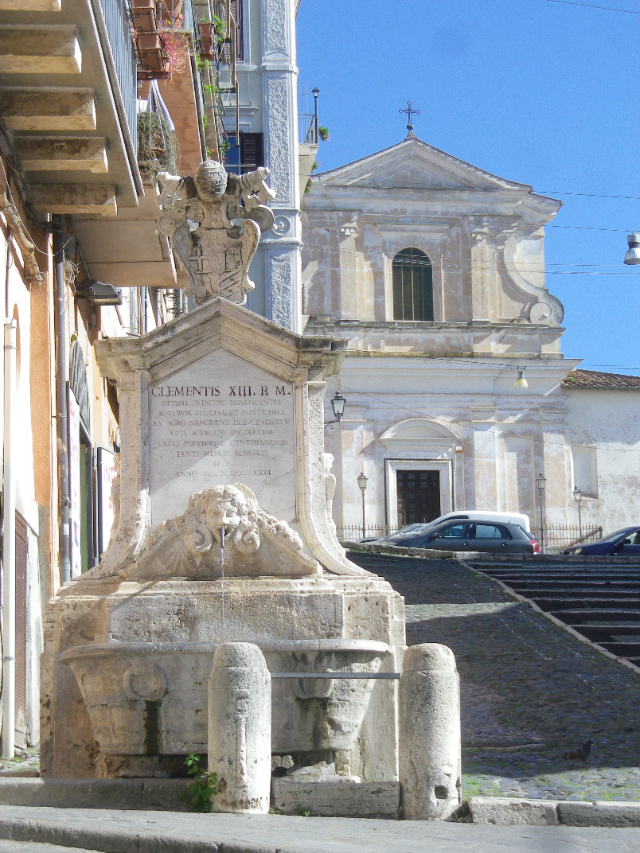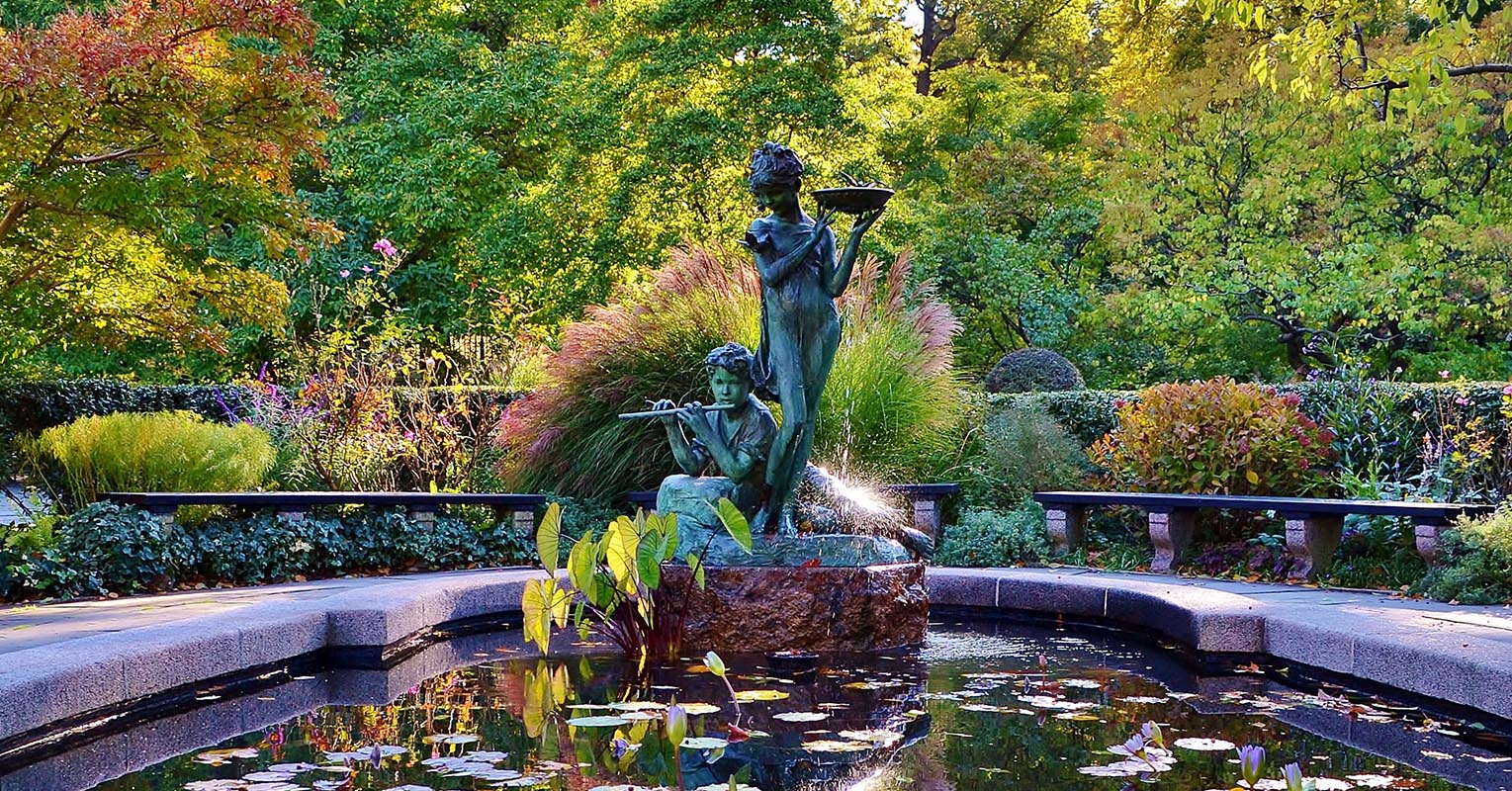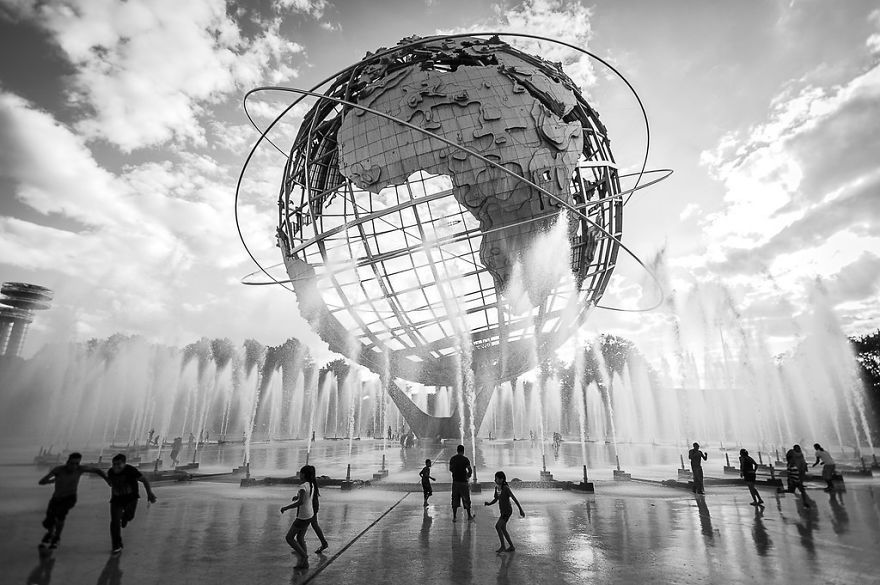Plaza de la Independencia, colloquially known as Plaza Grande, is where Quito’s daily life and historic and national symbolism collide. Spiked with palm trees and dotted with locals going about their business, the central element of the square, and an icon of the city, is the monument to the independence heroes of August 10, 1809. This is the date celebrated as the First Cry of Independence of the Royal Audience of Quito from the Spanish monarchy, perhaps the most important event in the formation of the modern country. At the heart of both the political and religious ambits of the city, the square is worthy not only of a pass-through, but of a few hours spent soaking in Quito life.Surrounded by four buildings that underscore the historical influence of religion and government on Ecuadorian culture (the Presidential Palace, the Municipal Palace, the Archbishop’s Palace, and the Cathedral of Quito), La Plaza de Independencia, as it is also known, is one of the city’s best people-watching spots.The square is also rich in history. At its center, it features a statue of the Heroes of the Independence. Commissioned in 1899 and unveiled in 1906, the memorial symbolizes the country’s victory in its war for independence from Spain.
